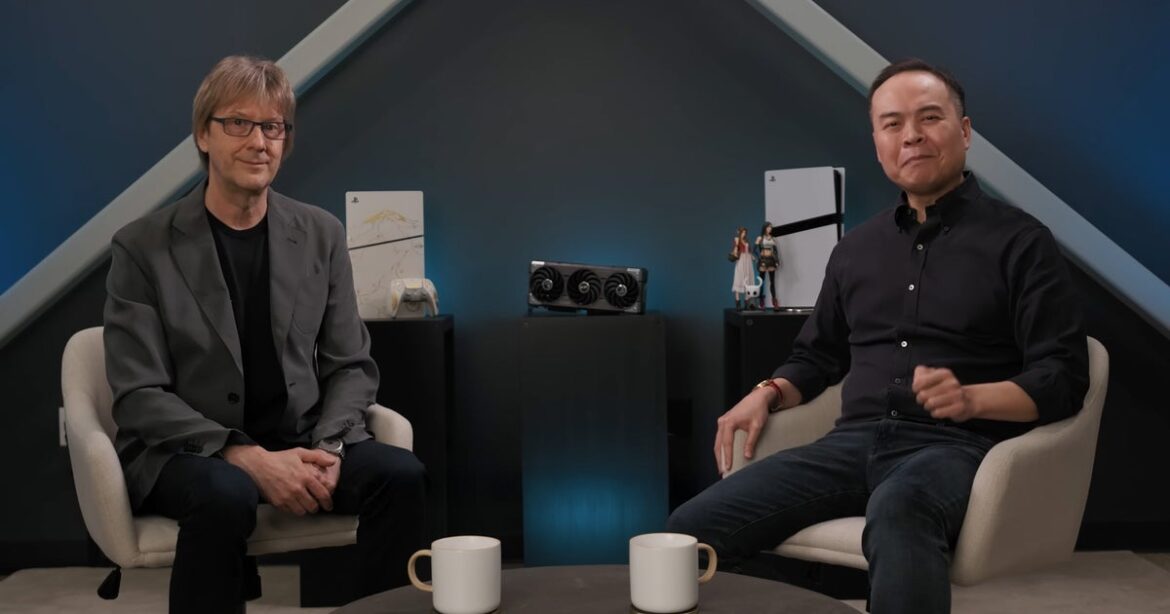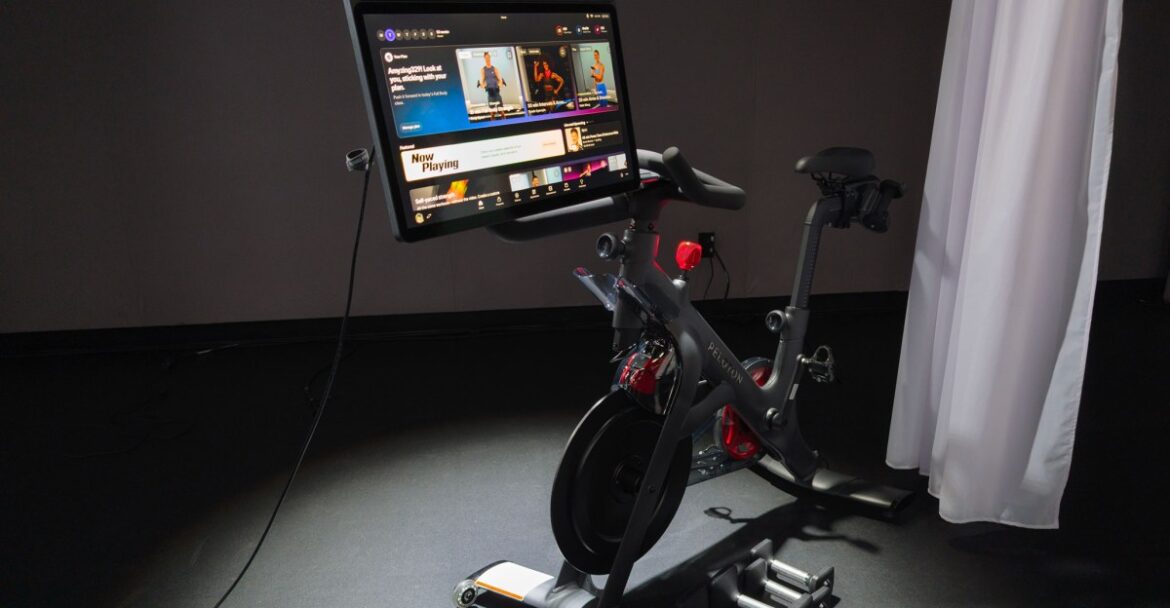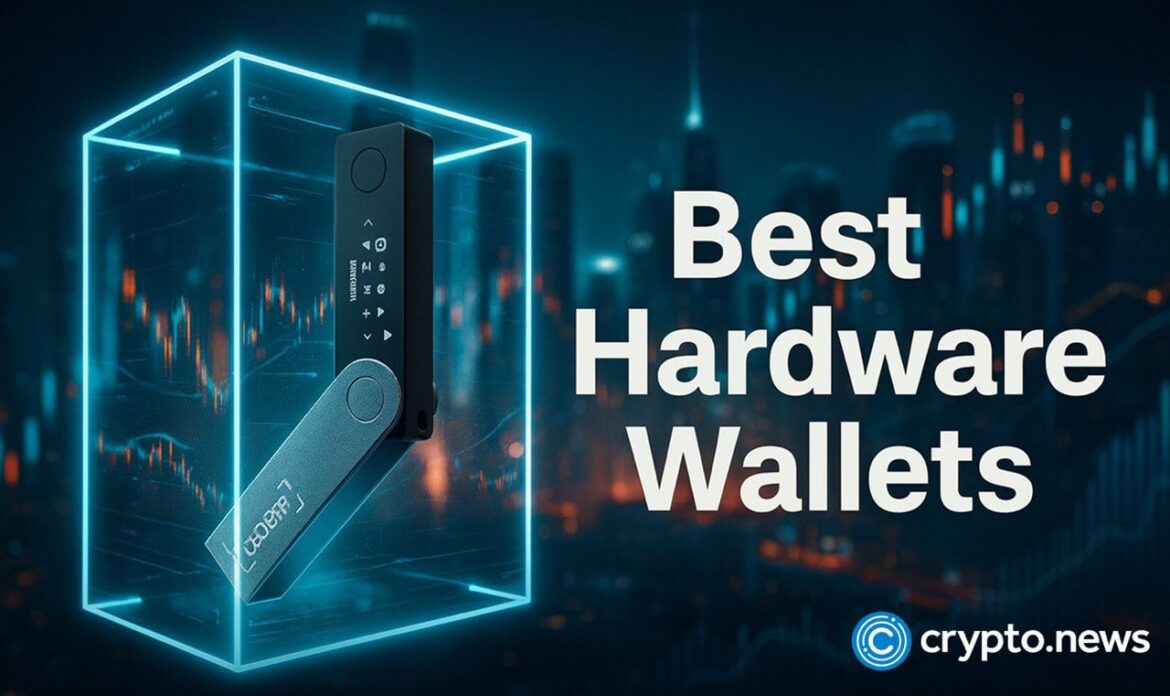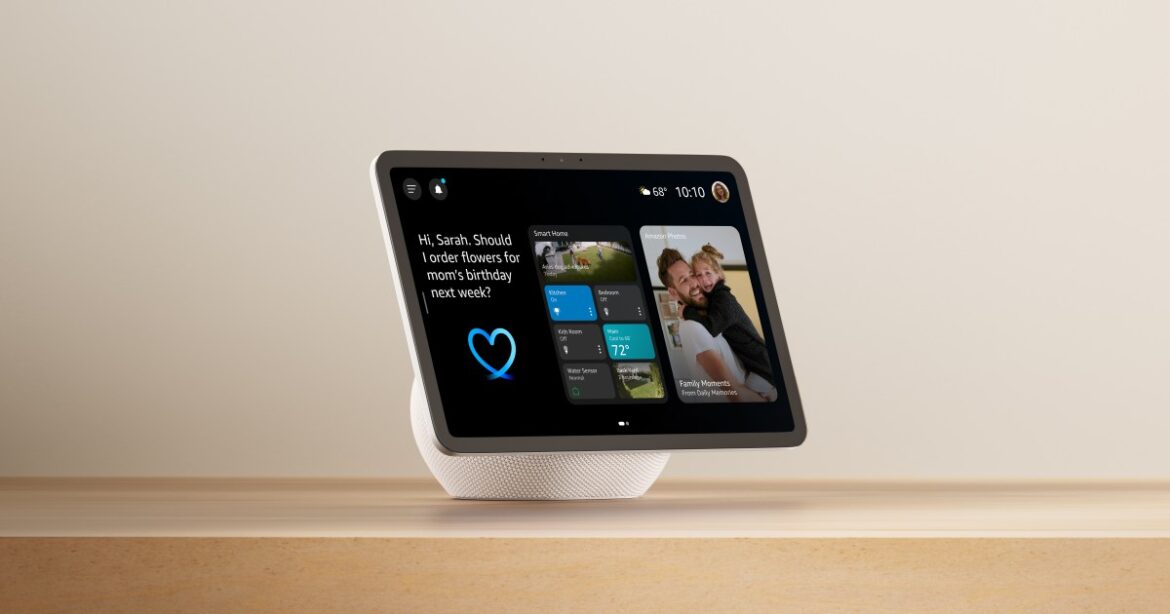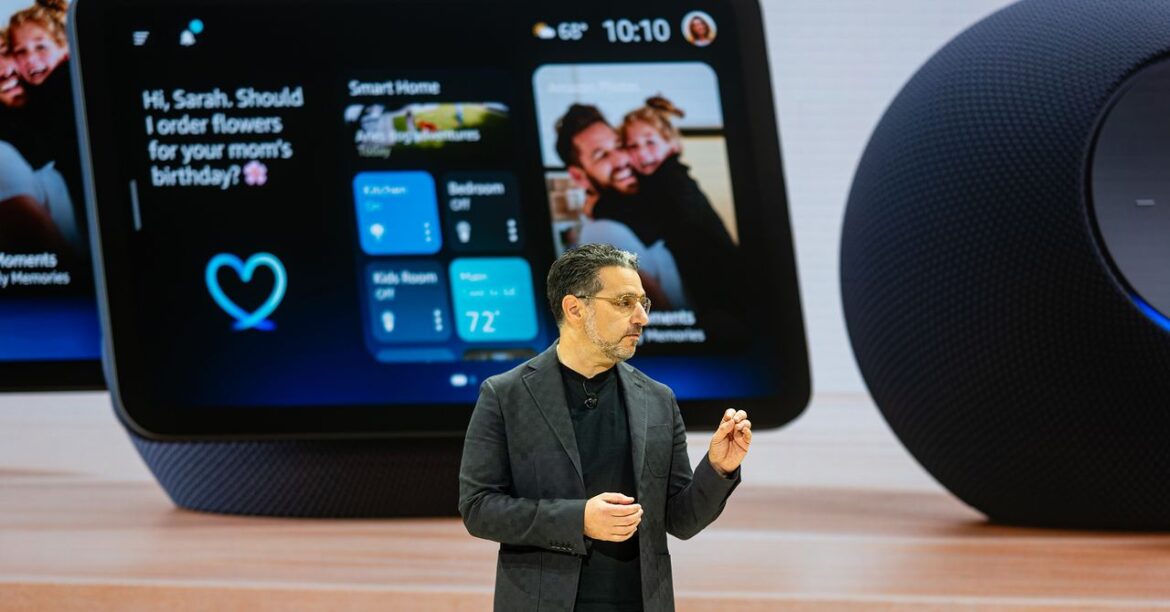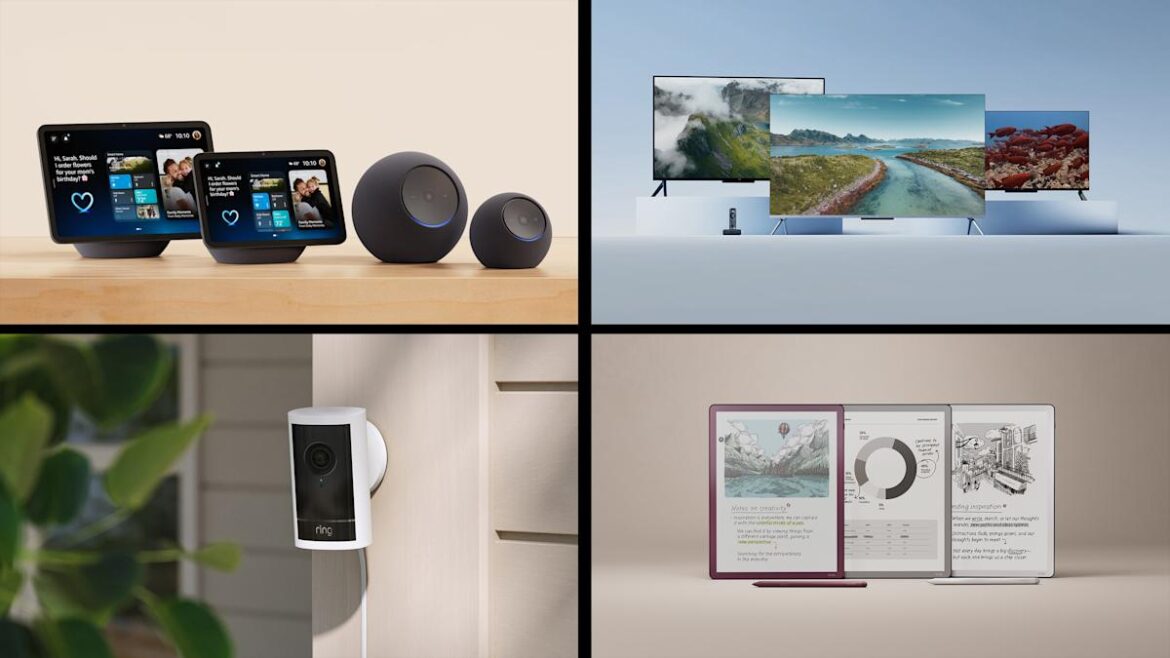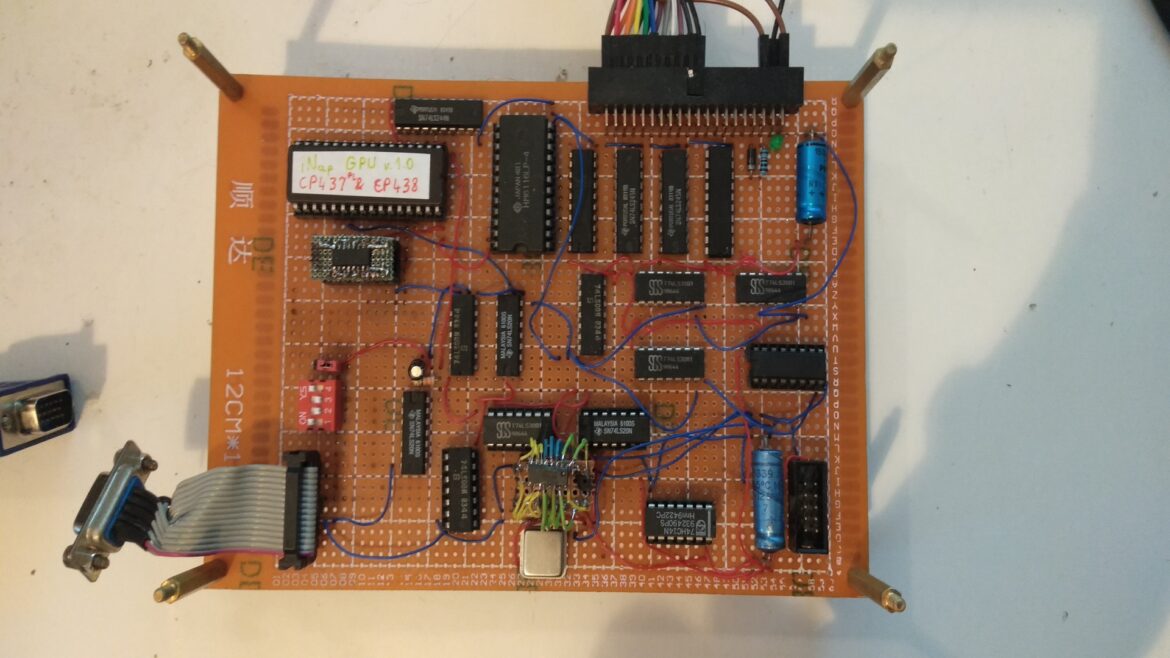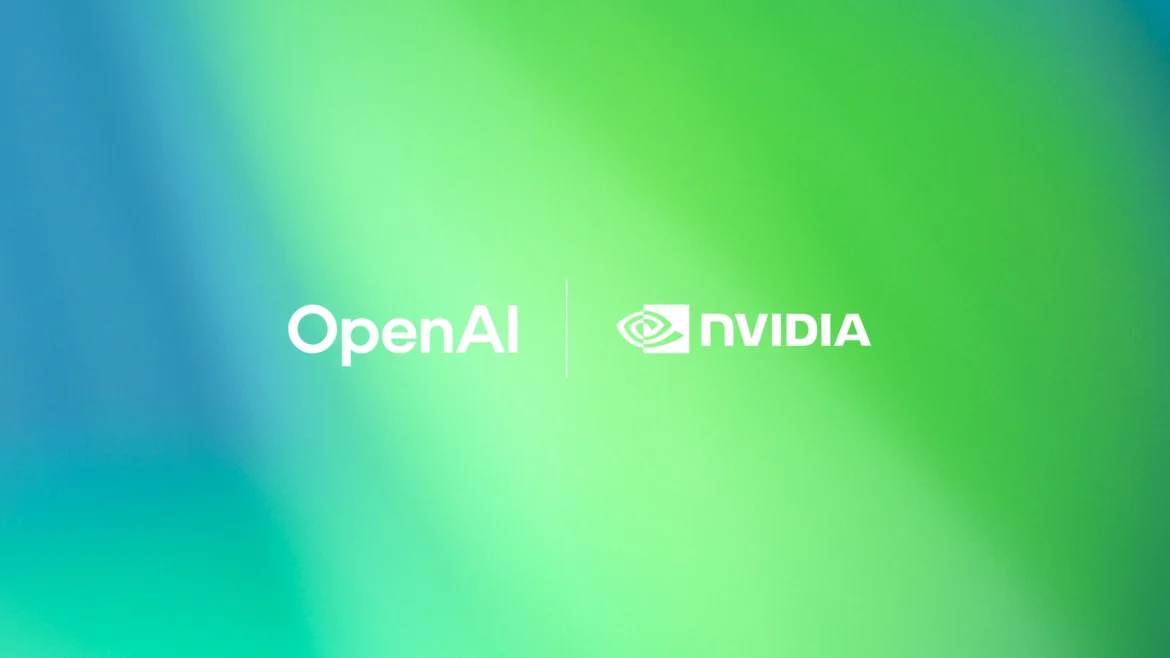Sony and AMD just announced three key technologies that look likely to come to the PlayStation 6 and future AMD graphics cards, with PS5 system architect Mark Cerny and AMD senior vice president Jack Huynh teaming up to deliver the news. The talk is fairly technical, but the three core features – Neural Arrays, Radiance Cores and Universal Compression – look set to make a big impact on future AMD-based hardware. The main goal is speeding up computionally-expensive ray tracing and path tracing in some novel ways, as well as reducing the cost of the upscaling and denoising techniques they rely on.
Let’s start with Neural Arrays. In short, this is a new arrangement of the dozens of Compute Units (CUs) that make up a graphics processor like that in the PS5 Pro. Normally each of these CUs work alone on a bite-sized piece of the puzzle, which makes sense for most tasks, but can be inefficient for upscaling techniques like FSR or PSSR. Neural Arrays therefore link multiple CUs together in a “smart, efficient way”, like a “single, focused AI engine”.
The benefit is that this ought to allow for bigger (and therefore higher quality) machine learning models, with less overhead and better scalability. To say it another way, it means that an upscaling algorithm like PSSR ought to run faster at a given quality level, or accomplish more in a given time frame. The same speed-up also applies to denoising algorithms, which are important for ray-traced or path-traced graphics.
Here’s the full announcement. Watch on YouTube
Huynh also promises that Neural Arrays will allow for new features, including “dedicated innovations that bring cinematic rendering to an entirely new level.”
Radiance Cores are the second new technology, and they’re firmly a hardware change. Essentially, this is a new dedicated hardware block in next-generation AMD graphics processors that’s “designed for unified light transport”, ie ray tracing and path tracing. In the PC space, Nvidia has long held a ray tracing performance advantage thanks to its RT cores, and it looks like finally AMD is adopting a similar strategy.
Just as other dedicated hardware we’ve seen appear in graphics cards over the years, such as those that deal with media encoding or AI processing, Radiance Cores accomplish their given task faster than doing the same thing on more generic hardware. This speeds up the intensive work of ray traversal – “digging through complex data structures to locate where the millions of rays being cast hit the millions of triangles in the scene geometry”.
As well as the speed-up from having dedicated hardware, this change also unburdens the CPU and the rest of the GPU – so that they can perform the things they’re best suited for, such as simulation and geometry on the CPU and shading and lighting on the GPU.
Neural Arrays link up Compute Units in the GPU into larger groups to work on upscaling or denoising more efficiently.
Radiance Cores include dedicated hardware for every part of ray traversal, speeding up processing and reducing load elsewhere in the GPU and CPU.
Image credit: Sony
The final bit of tech Sony and AMD announced is called Universal Compression, and thankfully it’s a bit easier to explain. In short, it’s a system that compresses everything that goes out to GPU memory, rather than just a few data types like textures, as is currently the case on the PS5 and PS5 Pro. Again, this is along similar lines to an existing Nvidia technology, in this case Neural Texture Compression.
By adding this compression step, effective GPU memory bandwidth is much higher. That means frame-rates might increase if you’re bandwidth-limited, but more importantly it allows for higher-quality assets and reduces power consumption too. This technique has broad positive implications, but it also specifically helps make both Neural Arrays and Radiance Cores more effective.
These technologies currently exist only in simulation, according to Cerny, but clearly both parties are confident enough to detail them at this early stage. Huynh also mentions that AMD is aiming to bring the technologies to developers “across every gaming platform”, which would follow in the company’s general approach of open-sourcing its graphics innovations.
Universal Compression is a more extreme version of the Delta Color Compression used on the PS5 and PS5 Pro, which compresses all data sent to graphics memory. | Image credit: Sony
It will be fascinating to see how these technologies work when they start to be realised in real hardware, and given the Project Amethyst partnership thus far, it seems reasonable to assume that the two companies will make further announcements over the next few years as the tech gets closer to completion – and when the expected PlayStation 6 is officially announced.
Beyond the rumoured PlayStation 6, we could also see these approaches being used in a PlayStation or Windows-based gaming handheld. Power consumption and memory bandwidth limitations are key challenges for any mobile form factor, so no doubt the likes of Valve, Asus and Lenovo would be mighty interested in any significant advancements. Valve has famously said that they’re waiting for a “generational leap” to justify a Steam Deck 2, and this might just qualify.
Similarly, this is huge news for fans of AMD desktop graphics cards, which have traditionally offered great price to performance in rasterised games and plenty of VRAM, but have fallen behind Nvidia alternatives in terms of RT performance and other features. AMD could massively close the gap here, and that’s an exciting prospect.
Either way, I’m happy to see Sony and AMD share the fruits of their partnership so openly, and it’s certainly food for thought when it comes to seeing how Sony, AMD and other tech giants are looking to circumvent the rise in silicon costs that has prevented faster, cheaper models from arriving this console generation.

